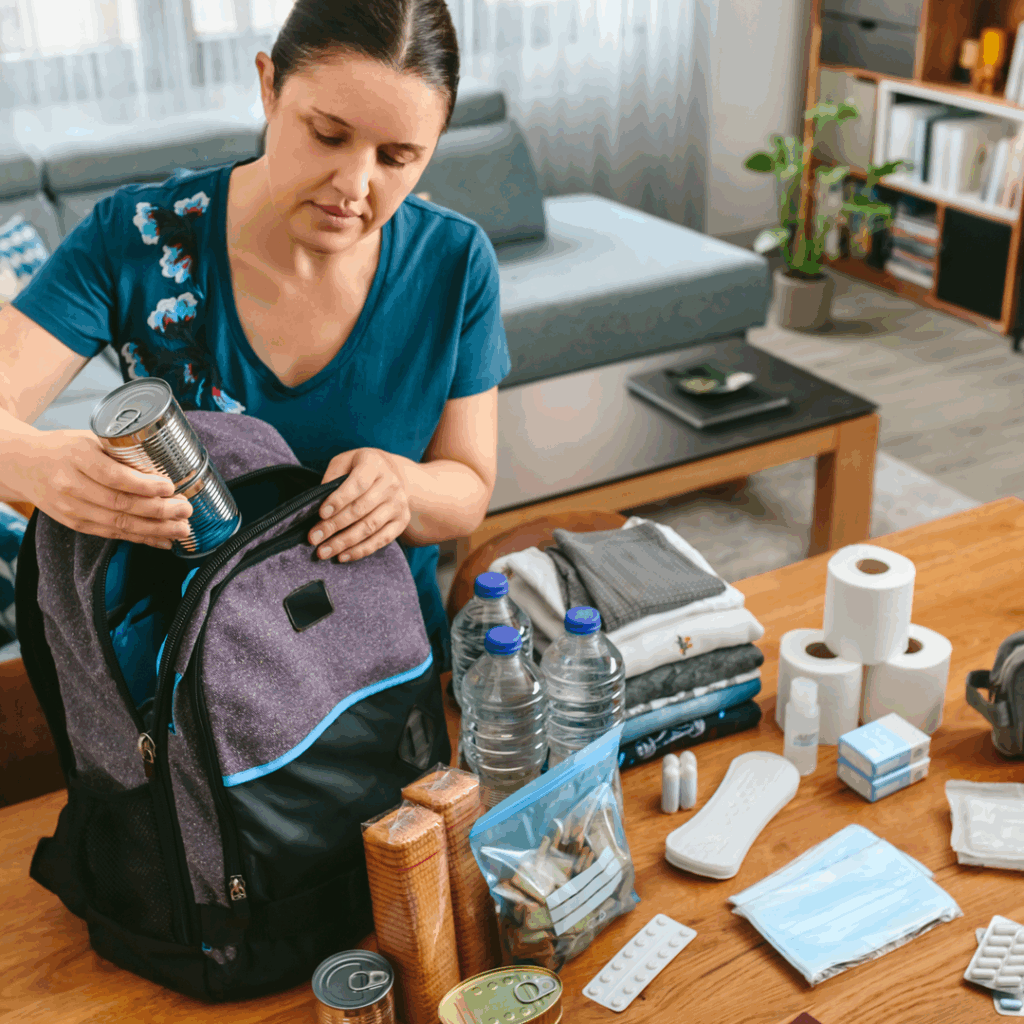
Understanding the Risks
Earthquakes can strike without warning, causing severe damage to homes, infrastructure, and utilities. While we can’t predict when or where the next earthquake will occur, we can take proactive steps to protect ourselves, our families, and our communities.
How to Prepare
Build Your Emergency Kit
Having a well-stocked emergency kit is essential for any disaster scenario, including earthquakes. Your kit should be stored in an accessible location and include:
- Flashlights with extra batteries
- Nonperishable food and bottled water (at least one gallon per person per day for three days)
- First aid kit and necessary medications
- Battery-powered or hand-crank radio
- Multi-purpose tool and whistle
- Personal hygiene items
- Extra cash and important documents (IDs, insurance, etc.)
- Sturdy shoes and gloves
- Emergency contacts list
- Blankets and warm clothing
Secure Your Home
Minimize hazards in your home by securing heavy furniture, appliances, and decorations. Consider these safety measures:
- Anchor bookshelves and cabinets to walls
- Install safety latches on cabinets
- Secure water heaters and gas appliances with straps
- Move heavy objects to lower shelves
- Identify safe spots in each room, such as under sturdy tables or against interior walls
Create a Family Emergency Plan
Having a plan in place can make all the difference in a crisis. Ensure all family members know:
- Safe evacuation routes from home and workplace
- Designated emergency meeting spots
- How to turn off gas, water, and electricity if necessary
- Emergency contact numbers and how to send text messages (often more reliable than calls during emergencies)
During an Earthquake
When an earthquake strikes, follow these steps to stay safe:
- Drop, Cover, and Hold On – Get down to the ground, take cover under sturdy furniture, and hold on until the shaking stops.
- Stay Indoors if Safe – Move away from windows, heavy furniture, and hanging objects.
- If Outside, Stay Clear – Move away from buildings, streetlights, and power lines.
- If in a Vehicle, Stop Safely – Pull over in a clear area and stay inside the vehicle until the shaking stops.
After an Earthquake
- Check for Injuries – Administer first aid as needed and seek medical attention if necessary.
- Inspect Your Home – Look for structural damage, gas leaks, and water line breaks before re-entering.
- Be Prepared for Aftershocks – Secondary quakes can cause additional damage and danger.
- Stay Informed – Tune in to emergency broadcasts for updates and instructions.
- Help Others – Assist neighbors and those in need, especially the elderly or disabled.
Stay Informed and Prepared
Earthquakes can happen at any time, but with the right preparation, you can reduce the risks and ensure the safety of your loved ones. Take action today to strengthen your readiness and encourage your community to do the same.
Additional Resources
For more information on earthquake preparedness, visit the following resources:
- Ready.gov Earthquake Safety
- U.S. Geological Survey (USGS)
- American Red Cross
